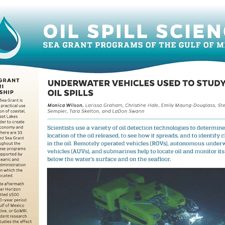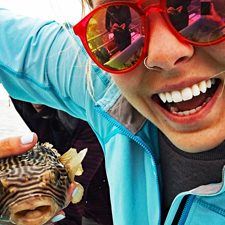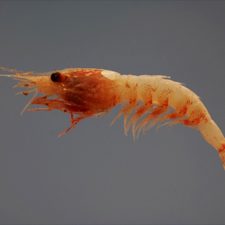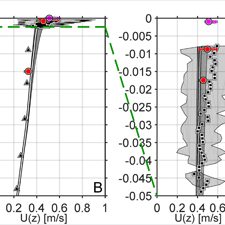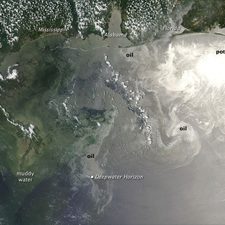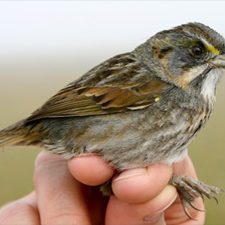Study Describes Design and Testing of an Effective Biodegradable Ocean Drifter
Scientists detailed how they designed and tested an ocean drifter that tracks and measures shallow-depth (0.60 m) surface currents. The final version, called the CARTHE drifter, is made from a polymer produced by bacteria fed with corn sugar.


